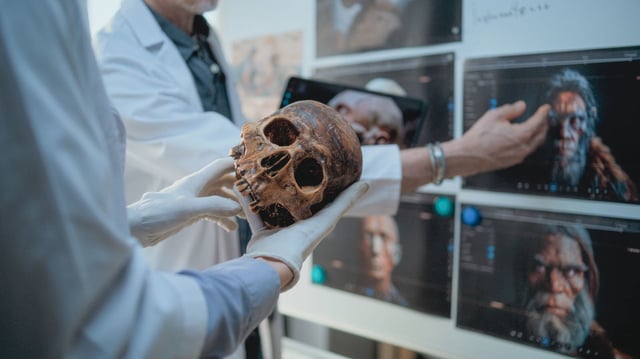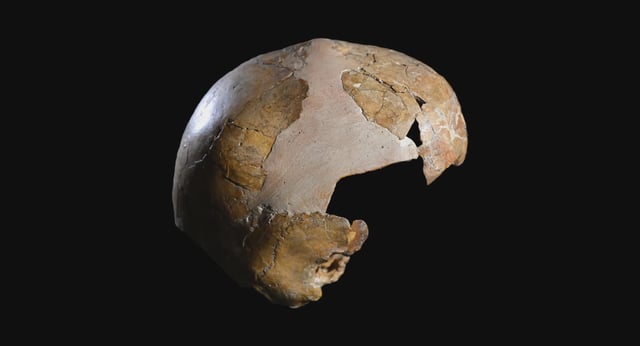Overview
- Tel Aviv University and CNRS researchers reanalyzed a roughly five-year-old, likely female fossil from Skhul Cave in northern Israel using advanced scans and morphological comparisons.
- The study reports Homo sapiens–style overall cranial curvature alongside Neanderthal-typical intracranial blood vessel patterns, mandible features, and inner ear structure.
- The specimen is dated to about 140,000 years ago, pushing back the earliest physical evidence for such mixing by roughly 100,000 years compared with commonly cited 60,000–40,000-year timelines.
- The authors interpret parts of the Skhul assemblage as products of prolonged local gene flow, proposing continuous genetic infiltration from older Levantine Neanderthals into incoming Homo sapiens groups.
- The findings, published in l’Anthropologie, are based on morphology rather than new ancient DNA, and coverage notes prior genetic studies place ancestry-contributing admixture much later in time.


